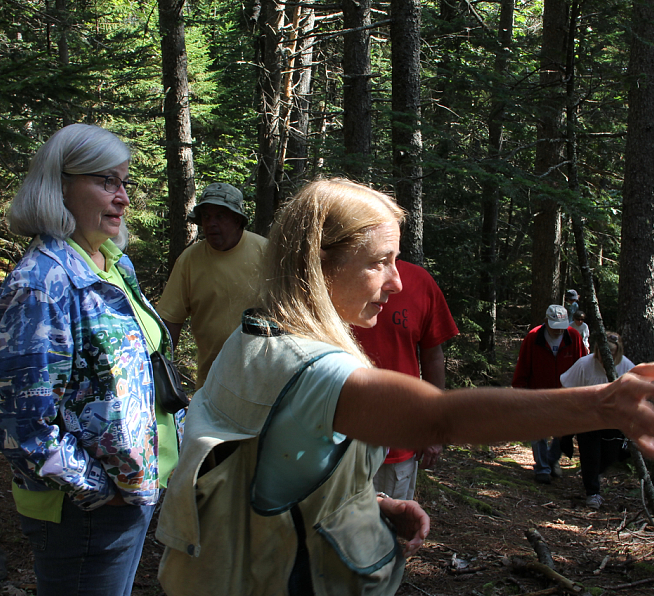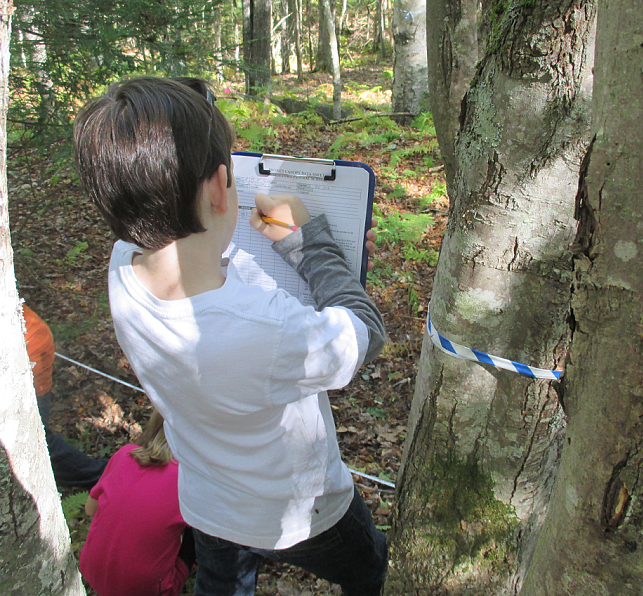Project Canopy
In 2012 the Conservation Commission received a $4,174 grant from Project Canopy (State of Maine) to develop forest management plans for its two municipal forests: Ipcar Natural Preserve and Round the Cove Forest (on Robinhood Cove, behind the school).
A second part of the grant was to engage the school kids in setting up permanent forest study plots in Round the Cove Forest behind the school.
With the completion of Georgetown’s update to its Comprehensive Plan in 2019, the Conservation Commission will again be eligible to apply on Georgetown’s behalf for follow up Project Canopy grants.
Ipcar and Round the Cove Forest Management Planning
The forests in the two municipal forests are quite different, and suggest different management plans. The Ipcar Natural Preserve in the Five Islands community of Georgetown is comprised of mostly mature spruce, 90-100 years old, growing on thin soils characteristic of much of rocky Georgetown. The mature spruce in Ipcar have been increasingly blowing down in recent years, which is a natural a process for spruce this old growing on thin coastal soils.
The Round the Cove Forest is a different forest type from Ipcar. Round the Cove is dominated by hardwoods on deeper soils. It does not have the blowdown problem of Ipcar. However, Round the Cove does have a problem with invasive plants, especially barberry. This species can take over the forest floor and prevent new tree seedlings from taking hold.
REPORTS: 2013 Ipcar and Round the Cove Forest Management Reports
To download the 2013 forest management reports completed by Barrie Brusila, a professional forester hired by the Conservation Commission with the Project Canopy grant, please click below:
Ipcar Forest Management Report
Round the Cove Forest Management Report
Forest Study Plots with the School
As a part of the Project Canopy grant, the 4th, 5th, and 6th grade classes of Georgetown Central School set up 3 permanent forest study plots in 2013. Each plot is 10 m x 50 m. All trees in each plot have been tagged, identified to species, and measured.
Each year, future students will remeasure all the trees in each plot. Most trees will have grown. Other trees may have died or blown down. Students will model the growth of the forest over time. These plots make a great opportunity to talk about the ecology of forests, and also the economic importance of forests. As a part of their measurements, students scored each tree for its potential economic use: firewood, pulpwood, saw timber, or veneer tree (in increasing value).
Also as a part of the forest plots, students set out two temperature data loggers. These small instruments record the air temperature and light level every hour, night and day, all year long. Students will use the data to study Georgetown’s weather and climate.
The Conservation Commission THANKS the Georgetown Central School and the students for their enthusiastic participation in Project Canopy grant.
Link to Maine’s Project Canopy





